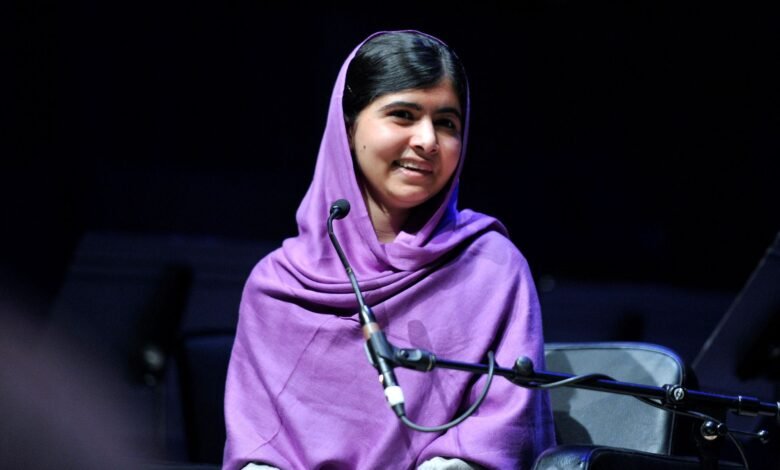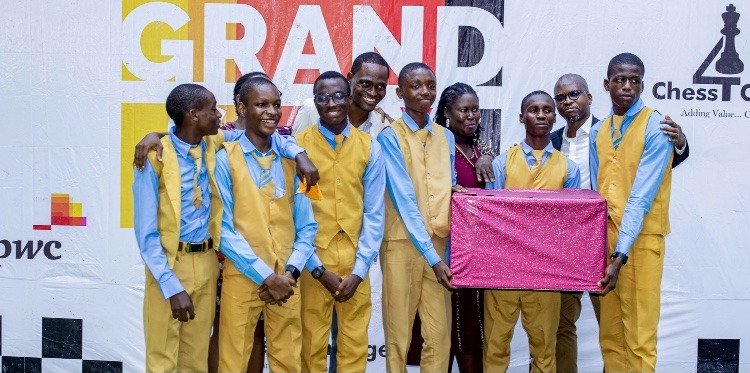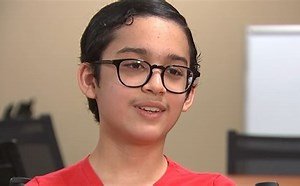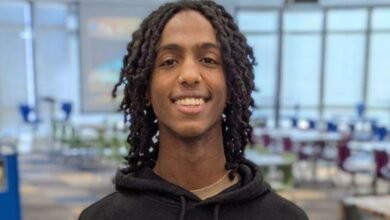From Schoolgirl to Nobel Laureate: Malala Yousafzai’s Journey of Courage and Voice

Malala Yousafzai’s story is often told as one of bravery, the girl who faced the Taliban’s bullets and went on to win the Nobel Peace Prize at just 17. But behind the global recognition is also the story of a child forced to grow up too quickly, learning to heal and find her own identity under the world’s gaze.
In her recent conversation with the BBC, Malala opened up about the lesser-known part of her journey, her struggle with loneliness, mental health, and rediscovering herself after trauma.
“I was still in an induced coma in a hospital when the world was defining me as this brave, courageous young activist. But I was still 15 years old, and I did not know who I was,” she said.
After moving to the UK, Malala faced new challenges that many never see, trying to make friends while the world already “knew” her. She recalled how difficult it was to connect with people who saw her as an icon, not a teenager.
It wasn’t until university that a friend encouraged her to seek therapy, a decision Malala now describes as life-changing.
“I thought nobody could understand me; my situation is just so different. But I had a few sessions with a therapist and realized this is something I should have been having much, much earlier. It’s about processing what you’re going through, and learning that this is now a part of you.”
Her winning the Nobel Peace Prize at just 17 was not only a personal triumph but a global affirmation of the power of a child’s voice. Malala’s achievement proved that age is no barrier to influence, that children have the capacity, wisdom, and courage to drive meaningful change when their voices are heard and respected.
It underscored every child’s right to participation as enshrined in the UN Convention on the Rights of the Child, the right to express opinions freely and have them taken seriously in all matters affecting them.





